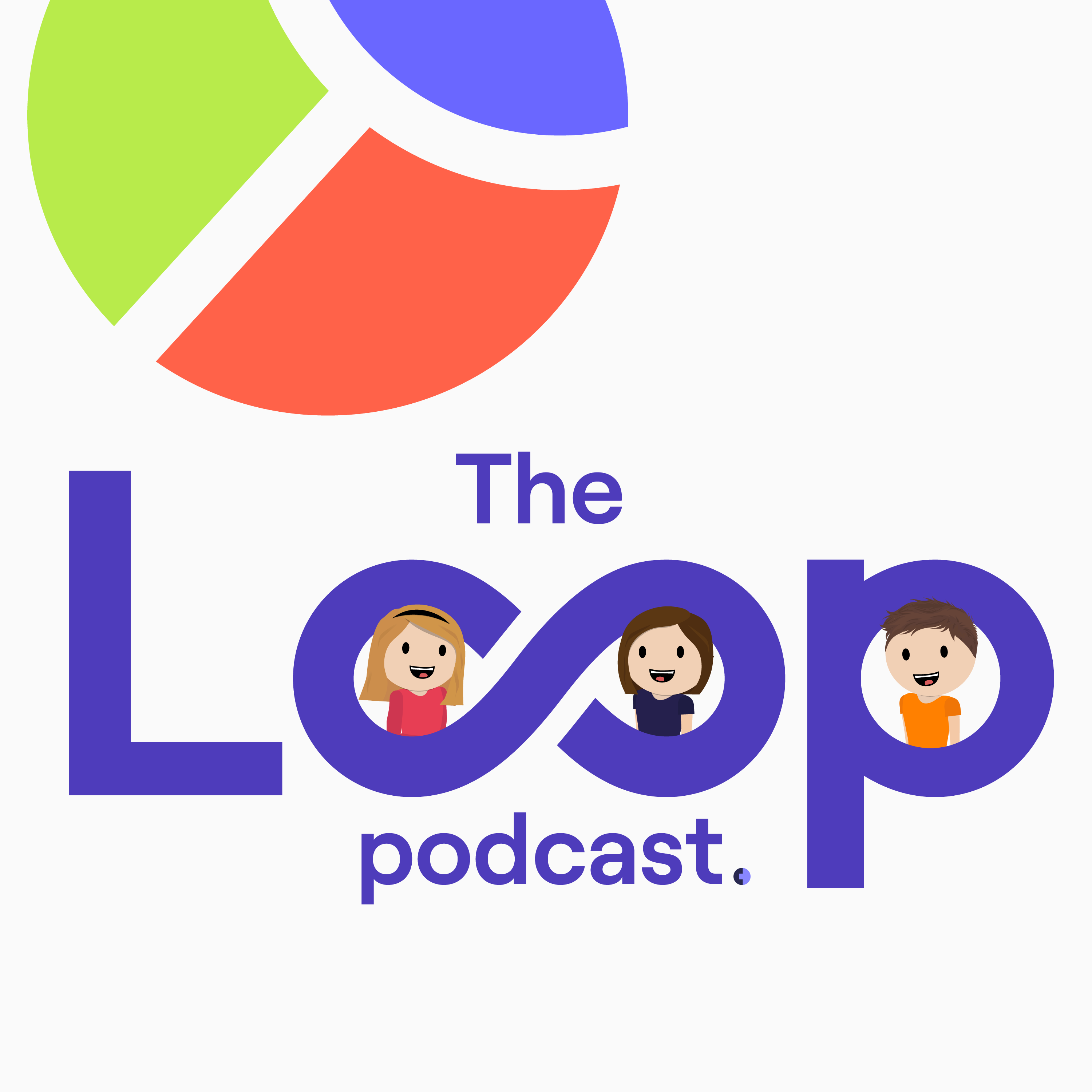The Ultimate eBook on Producing eBooks - Chapter 2
Chapter 2: Creating your eBook content
Exclusive content
You could argue that your entire eBook content is exclusive if you’ve produced unique, value-led content behind a gate… but we want more!
If you want to really make your reader feel like they’re getting bang for their buck (or contact detail exchange if that’s what you’re going for), then adding in some extras, such as:
- Exclusive SME content - voice notes, tutorials, explainer videos.
- Templates - for example, how to calculate your x, y and z. Or a checklist for a, b and c.
- Exclusive podcast episodes.
- Swipe files.
Is really going to make them feel like the download or engagement with your eBook was worth their time.
Publishing chapters as you go
Now, you might think that this next recommendation goes against the previous advice, but let us explain.
Once one chapter of your eBook is ready, release it as a blog. This means you can start getting some engagement and feedback from your audience.
Allowing you to edit and add to your chapters for your eBook, based on the questions and qualitative feedback you receive (only making your eBook chapters better!).
And it doesn’t stop you from releasing the eBook at a later date - because your distribution campaign will likely push the full eBook to new audiences that haven’t seen the chapters on your website.
(As much as we’d like to believe that everyone has seen our website content, they probably haven’t…)
And the eBook’s value remains as a full breakdown or guide to the issue you’re trying to solve. With the added value of your exclusive content.
A collection of SEO blogs turned into an eBook is not the same as a specifically crafted eBook filled with SME insights that is then broken down into shorter articles you can publish along the way.
Don’t worry, we wouldn’t tell you to do things that we wouldn’t do ourselves! Just look here to see where we have been publishing our eBook chapters.
And it doesn’t have to just be blog content; you could also:
- Convert into a YouTube series, releasing explainer videos for each chapter.
- Record podcast episodes on each chapter, sharing them as you go.
- Use interviews with SMEs - snippet them up and use them for paid.
For example, we recorded this podcast episode with Tom! Take a listen:
This way, you are consistently delivering valuable content without three to six months of nothing. Or three to six months of you still pushing last year’s eBook. Win-win!
Interactive Content
How can you transform a lifeless bundle of text into something much more exciting and engaging? By making the content more interactive.
Here are some examples of how you could do that:
- Moving images, GIFs and animations.
- Polls.
- Videos - either informative or entertaining skits.
- 3D tours.
- Swipeable title pages with drop downs to read the content.
- Flippable pages.
- Icons that flip to reveal more information when you hover over them.
And if you’re not sure how, some of these companies offer some cool features, allowing you to pump some creativity into your eBooks.
Turtl
Turtl is a software platform that helps you to create, personalise, publish and track digital documents – with no need for specialist design or coding skills.
Ceros
Ceros provides tools and services that empower companies to create interactive content with unparalleled ease and efficiency, driving customer engagement to new levels.
Webflow
Build with the power of code — without writing any! Webflow generates clean, semantic code that’s ready to publish or hand to developers.
Utilising SME insights
We have talked a lot about how you should work closely with subject matter experts throughout this process. But we aren’t the only ones advising you to use credible sources!
Tom said:
“The marketer writing the eBook likely isn’t the intended audience. They’re also likely not an expert on the subject.”
“You might have someone in-house who is, depending on who you’re targeting. But unless they’re an expert in the exact thing you’re trying to write about, then you should borrow some expertise.”
And that’s for multiple reasons:
- The internal team are likely looking at the subject from their cultural and situational standpoint. An SME might be able to bring another side, point of view or opinion to enhance the content.
- SMEs can also be a little more opinionated or radical in their views as an individual rather than as a brand. They can say things that as a brand you may believe to be true but don’t feel you can say as a business.
- As marketers, we are trying to position products and services to others - but unless you’re marketing to marketers, they’re probably in another role and industry to you.
- SMEs being in the weeds of the industry, actively still participating in the ins and outs of industry activity, facing pain points, speaking to colleagues and more. They can keep you up to date with trends and news.
- By asking your SME to speak to the subject you’re creating your eBook about, they can give you some unique insights that can’t be found in a Google search.
- Provided your chosen SME is recognisable, they’ll likely help attract readers as people are interested to find out what they have to say.
- Readers are also more likely to see your content as trustworthy as they already trust the SME’s voice and opinion.
- SMEs, especially when they create content on their own channels, can help with content creation for your content.
- Depending on your working relationship with the SME, you could hand over sections for them to produce, or ask them to create additional resources to go alongside.
So, how can you work with SMEs?
Again, you have some options!
-
Interview them on specific subjects you’ll cover in your eBook and weave their quotes into your content.
-
Alternatively, you could have their ‘hot takes’ at the end of each section.
-
-
Ask them to film short sections to include as ways to break up the text and provide content in a format that people prefer to consume.
-
This could include short tutorials, tips, opinion segments or informational add-ons.
-
-
Ask them to record voice notes which you embed in the eBook.
-
This could be as simple as their take on the topic you cover in that eBook section.
-
-
Get them involved in the promotion and distribution!
-
Whether it’s talking about their involvement in the content creation or sharing links with their network, utilise their reach.
-
How we work with SMEs and B2B influencers
Who is the right SME to work with?
There’s a fair amount to consider before choosing your subject matter expert. Not only do they need to be a recognisable expert in the field, but they also need to reflect your intended readers.
Do they work for a similar company to your target readers? In terms of company size, industry, stage of growth, and mindset?
Are they able to suggest examples or offer advice that makes sense for your target persona?
Tom said:
“Once you have one person on board, you can ask them if they know anyone else in the space who would be good to talk to about the specific subject.”
After all, they’re likely to know others working in the same industry who may have another perspective or expertise.
Tom added:
“Niche is always better. Someone with a unique viewpoint.”
“You want the combined insights from your contributors to be greater than the sum of its parts.”
In other words, get multiple contributors who can tell a compelling story to your audience.
Tom’s last piece of advice when working with SMEs is an important one:
“It’s not all about take.”
“This SME has likely worked years to be in a position to be an expert on this subject, and they’re lending their professional authority to you. That’s a nice thing for them to do. So do something nice back.”
“Send them a gift or something. You never know when you might need this person’s help again.”


